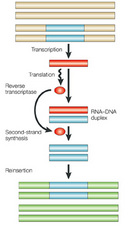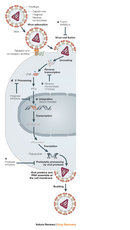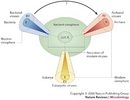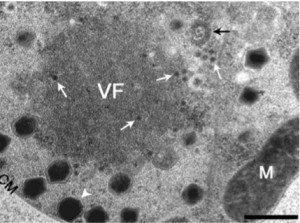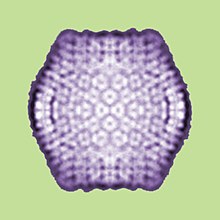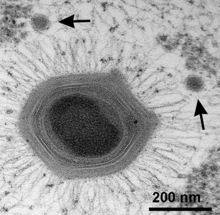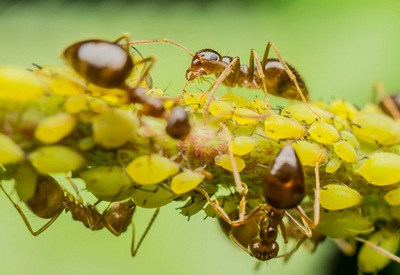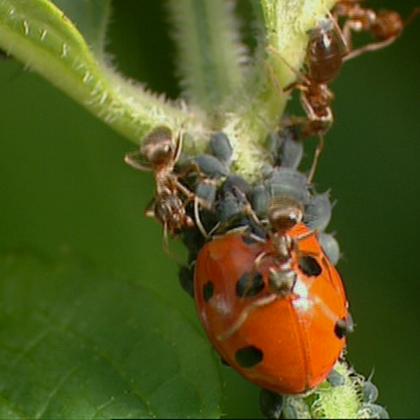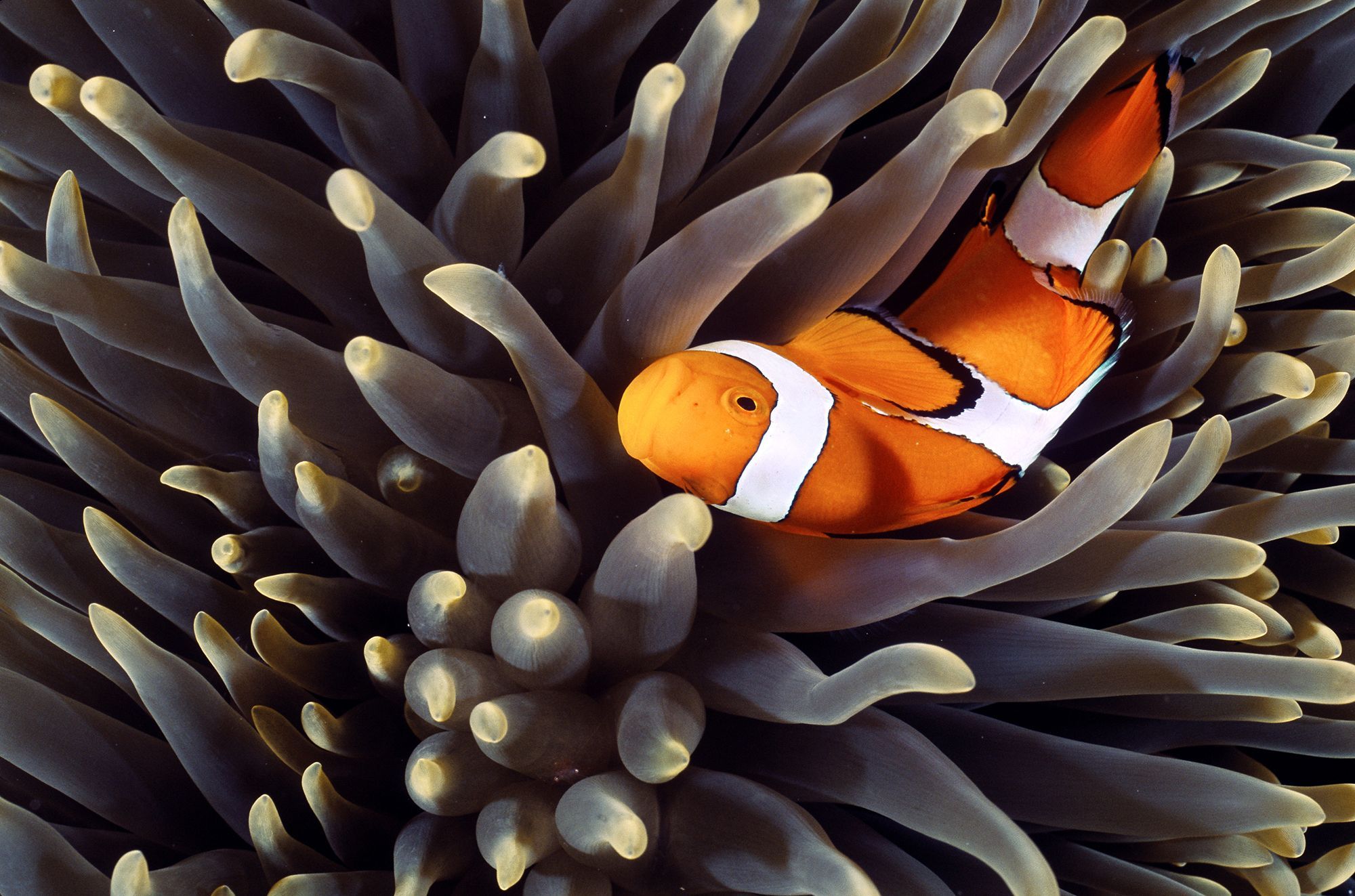https://www.ck12.org/biology/Charac...son/Characteristics-of-Life-Advanced-BIO-ADV/
The seven characteristics of life include:

Life 01.jpg

Life 02.jpg
Not all scientists agree exactly about what makes up life
Ain't that the truth
There is not just one distinguishing feature that separates a living thing from a non-living thing.
I think viruses should be in the alive listings (disclaimer - I am not a Scientist)
The link at the start is only for reference. There is no obligation to go to the article
Be aware if you choose to remain ignorant of the article

PS no comments, opinions or replies are required to this post and if any are made they will not be acknowledged
The seven characteristics of life include:
- responsiveness to the environment;
- growth and change;
- ability to reproduce;
- have a metabolism and breathe;
- maintain homeostasis;
- being made of cells; and
- passing traits onto offspring.

Life 01.jpg

Life 02.jpg
Not all scientists agree exactly about what makes up life
Ain't that the truth
There is not just one distinguishing feature that separates a living thing from a non-living thing.
I think viruses should be in the alive listings (disclaimer - I am not a Scientist)
The link at the start is only for reference. There is no obligation to go to the article
Be aware if you choose to remain ignorant of the article
- your crops will wither
- Beelzebub will become your companion
- herds of black cats will sing to you all night
- all ladders you encounter will be positioned such that you cannot avoid walking and them
- salt with remain stubbornly in the shaker and refuse to go over your shoulder
- all mirrors you encounter will shatter
- all of the above will be on your bright days
PS no comments, opinions or replies are required to this post and if any are made they will not be acknowledged

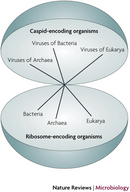
 Figure 1
Figure 1